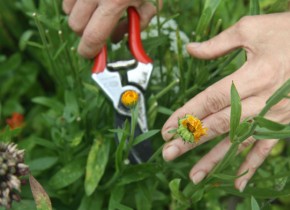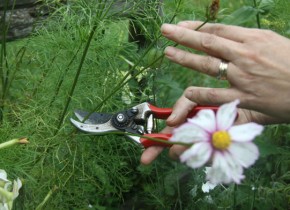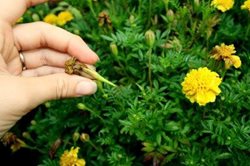What is Deadheading?
Love your garden but tired of fleeting blooms? Deadheading is a simple yet powerful technique that can extend the flowering season of your favorite plants. This idea is a simple one and fairly familiar: by trimming off the faded flowers, many perennials and annuals can be coaxed into producing more buds and flowers, rather than wasting their energy forming seeds.
Why Deadhead Flowers?
Plants will go to seed once their blooms are finished. That’s nature. If left alone a flowering plant would bloom, that bloom would then be fertilized and set seed. In this reproductive cycle, the plant expends all its energy and nutrients to set seed instead of producing more flowers. By deadheading you will not only encourage many more flowers but you will also create a longer blooming period for your plants.
How To Deadhead Flowers

You can also pinch the central growing tip of the plant. This will produce side shoots further down the stem, creating a bushier plant that will produce more flowers throughout the season.
You may notice your plants look so much better after deadheading that it becomes part of your regular list of summer chores!
Cutting Back Perennials Hard

This hard pruning technique is recommended for most mounding perennials including Ladys Mantle, Tickseed, Bleeding Heart, Catmint, Sage, and Spiderwort, just to name a few.
When to Deadhead Annuals and Perennials
The best time to deadhead depends on the specific plant and its blooming cycle. Here are some general guidelines:
- Annuals: Deadhead annuals regularly throughout the growing season to encourage continuous blooming.
- Perennials: For most perennials, deadhead after the first flush of blooms to promote a second flowering. However, some perennials, like peonies, only bloom once per season.
Expert Guidance from Meadows Farms
Visit any of our garden centers across Virginia, West Virginia, and Maryland to stock up on the plants and tools you need to master the art of deadheading. Our knowledgeable staff can provide personalized advice and recommendations to help you create a stunning garden that blooms all season long.


